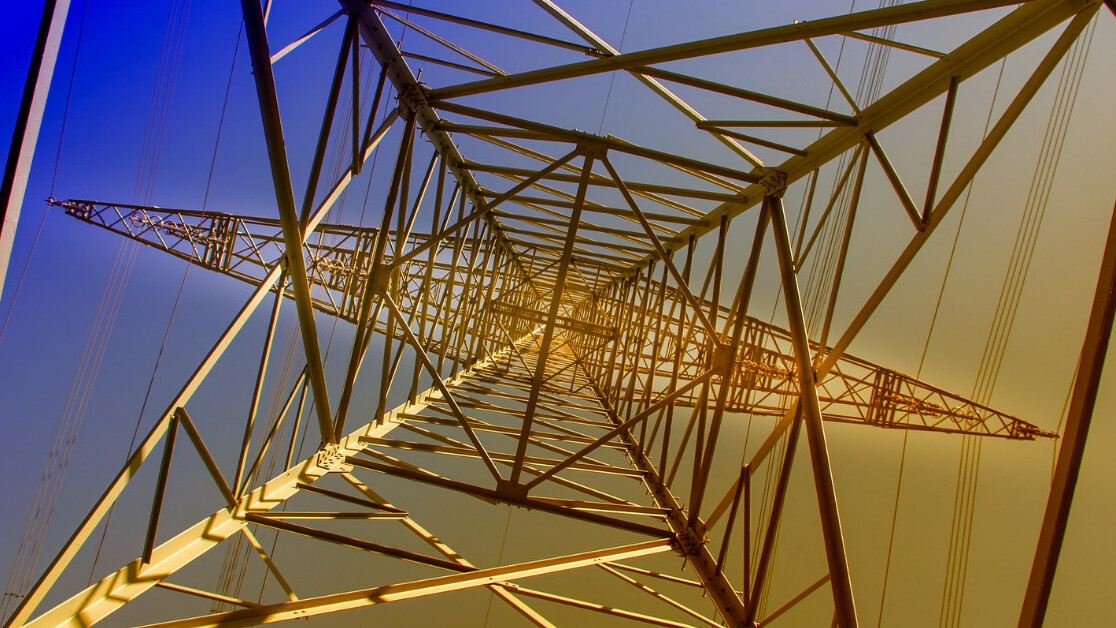
In March 2018, the FBI and Department of Homeland Security (DHS) released a report detailing how Russian operatives had launched a handful of attacks across segments of the US’s critical infrastructure, including the power grid. The report spurred a wave of headlines claiming that Russia would soon be able to take over parts of the power grid as it did in Ukraine in 2015.
Grid modernization is vital to the future of the US economy, and recent events have underscored a particularly vulnerable sector that needs to be addressed in the coming years. Unfortunately, this is a longstanding issue, and precious little progress has been made to this point.
Power infrastructure across the US has been slowly degrading for decades, as aging equipment and networks struggle to keep up with the increasing demand for electricity.
The US electricity grid was built in the 1890s and has been updated piecemeal through the years as new technology has become available. But nearly 70 percent of transmission and distribution lines are more than 25 years old, according to the Department of Energy.
The US is in the midst of a wave of grid modernization in order to accommodate new types of energy generation and new types of energy demand. But as more elements of the power grid are connected to the internet, concerns about cyber attacks may slow smart grid progress.
Smart grid technologies
The smart grid promises to deliver multiple benefits to utility providers and customers alike. Enhanced monitoring and data collection throughout the grid can help operators run more smoothly, integrate renewable energy sources, and help consumers reduce their overall energy consumption.
Smart grid technologies introduce automation that can increase reliability, availability, and efficiency of the power grid. Utility providers are now building integrated systems comprised of smart meters, wireless and wire-line communication systems, and data management platforms.
Here are a few of the top benefits I foresee smart grid technologies can offer communities.
Efficiency: Voltage monitor technology enhances the efficiency of power distribution systems by enabling operators to better manage peak demand through automated controls offering real-time data on power consumption.
Troubleshooting: Ability to reroute power distribution via automation, minimizing outages and preventing rolling blackouts from forming.
Cost savings: Reduction in operational and maintenance costs for grid operators by automating metering and billing help to reduce the need for truck rolls and lower labor costs. Increased automation and digitalization of components of electricity services help to improve customer service and increase customer satisfaction, while optimizing revenue collection.
Renewable energy integrations: Wind and solar can be intermittent and volatile, as weather conditions significantly impact generation capacity of these sources. This introduces uncertainty in generation output that must be supplanted by ramping up traditional power generation facilities such as coal or natural gas to meet power demands. Smart grid technologies can be used to incorporate weather forecast data into operational systems, enabling fast automatic responses.
Better broadband internet: Utility providers require increased connectivity along distribution systems in order to take advantage of smart grid technologies. Smart grid deployments have created a win-win scenario for public utilities and communities that are interested in building municipal-owned broadband networks. Examples of communities that have done just that include Chattanooga, Tenn., Northern Georgia and Lafayette, La.
Obstacles to smart grid modernization
Grid modernization is a costly but necessary endeavor. The federal government has distributed billions over the past decade for smart grids, including $4.5 billion in grants for smart grid-related projects, as part of the Smart Grid Investment Grant (SGIG) Program and the Grid Modernization Initiative. However, the pace of grid modernization across the US has been slowed by regulatory barriers.
According to a recent report commissioned by the National Electrical Manufacturers Association (NEMA) and conducted by Brattle Group, utility providers struggle to justify investments in power grid infrastructure to regulators without proof of recouping those costs. Consequently, many utilities have focused on replacing aging infrastructure, rather than meeting new power capacity demands by deploying new smart grid technologies.
The Brattle Group also found that the lack of competitive environment in utility markets have resulted in providers overspending billions of dollars on upgrade projects.
Overhauling the regulatory framework under which utilities are governed, and opening up more projects to a competitive bidding process, would help usher in a new era of modernization across the country.
Security threats loom amid modernization struggle
There’s a wider policy debate occurring now about how best to move forward with modernizing power grids amid increased threats from cyberattacks. Last month, Sen. Angus King (I-Maine) submitted a bill along with Sen. James Risch (R-Idaho) that would explore ways to “unplug” portions of the power grid from digital platforms in hopes of fending off cyber attacks. Meanwhile, the North American Electric Reliability Corp (NERC) slapped a $10 million fine on an unnamed utility — the largest fine ever levied on a single utility provider — for security violations in early 2019.
These two developments underscore cybersecurity’s growing role in the energy sector. While Sen. King’s proposal seems like an unlikely and infeasible solution, it points to the underlying confusion among elected officials and policy makers on how best to move US infrastructure forward in an era of cybercrime. Cybersecurity policies and best practices must play a central role in grid modernization projects moving forward.
TNW Conference 2019 is coming! Check out our glorious new location, inspiring line-up of speakers and activities, and how to be a part of this annual tech bonanza by clicking here.
Get the TNW newsletter
Get the most important tech news in your inbox each week.




